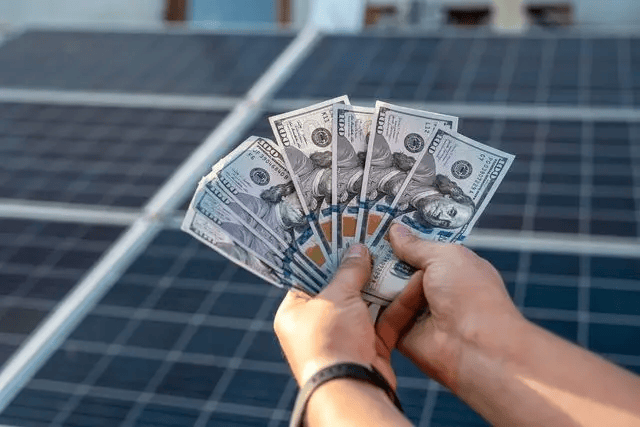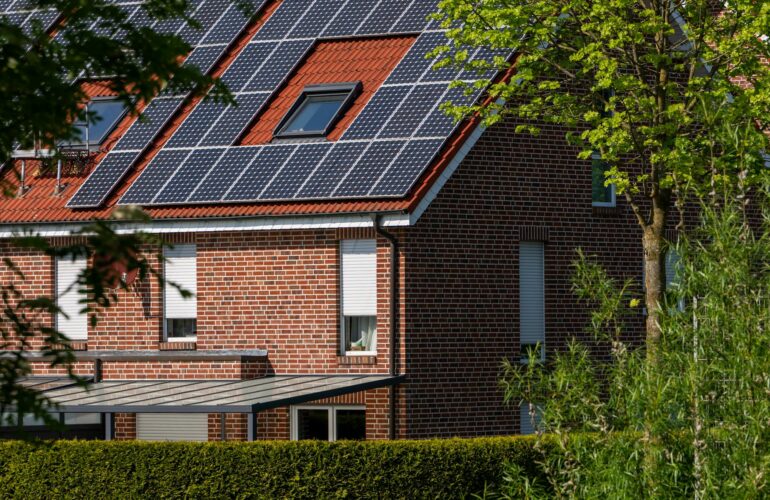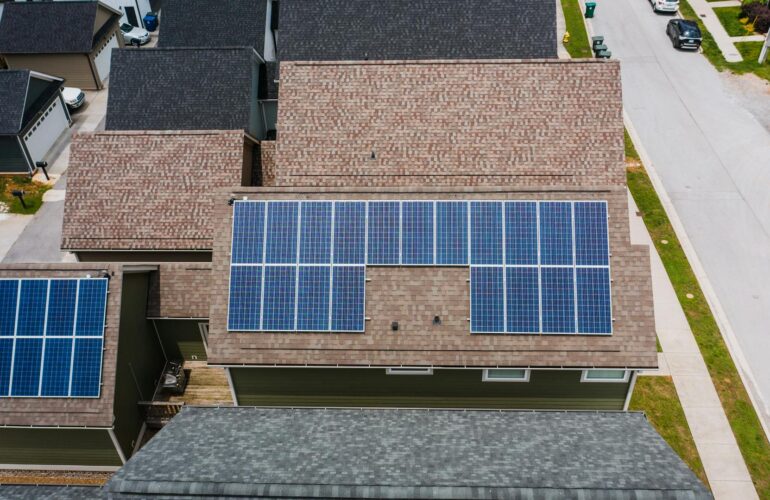Investing in solar panels is one of the most effective ways Indiana homeowners and businesses can save money over the long term. While the upfront cost of installing a solar energy system may seem significant—averaging around $14,875 for a 5 kW system in Indiana—the financial incentives available dramatically reduce this burden. Thanks to the federal Residential Clean Energy Tax Credit (formerly the ITC), you can lower your system cost by 30%, bringing that average down to approximately $10,413. This tax credit applies to equipment, labor, permitting, and sales tax, making solar installation much more affordable.
Beyond the initial savings, solar panels provide ongoing reductions in electricity bills. The average payback period for solar in Indiana is about 9 to 13 years, depending on system size and energy consumption, after which the electricity generated is essentially free. Over a 20-year period, homeowners can save upwards of $18,000 on energy costs, shielding themselves from rising utility rates. Indiana’s net billing policy allows solar owners to sell excess electricity back to the grid, although credits are given at a discounted rate compared to net metering in other states. Still, this arrangement helps offset costs during periods of low solar production.
Indiana also offers several state-level incentives that enhance solar’s affordability. The state provides a renewable energy property tax exemption, which means installing solar panels will not increase your property taxes despite raising your home’s value. Additionally, most solar system components are exempt from Indiana’s 7% sales tax, reducing the upfront cost further. These incentives, combined with the federal tax credit, create a strong financial case for solar investment in Indiana.
According to the U.S. Energy Information Administration, the average United States electric bill is $132.17, based on data collected from 2023. Scroll through the table below to find average electric bills organized by state.
| State | Average Monthly Electricity Bill (USD) |
| United States (Avg.) | $132.17 |
| Alabama | $162.67 |
| Alaska | $137.88 |
| Arizona | $148.44 |
| Arkansas | $128.51 |
| California | $144.81 |
| Colorado | $94.65 |
| Connecticut | $202.74 |
| Delaware | $138.04 |
| District of Columbia | $103.85 |
| Florida | $168.35 |
| Georgia | $141.67 |
| Hawaii | $213.23 |
| Idaho | $106.65 |
| Illinois | $105.11 |
| Indiana | $130.90 |
| Iowa | $112.60 |
| Kansas | $117.91 |
| Kentucky | $125.80 |
| Louisiana | $142.96 |
| Maine | $153.56 |
| Maryland | $148.45 |
| Massachusetts | $165.55 |
| Michigan | $113.62 |
| Minnesota | $110.78 |
| Mississippi | $153.07 |
| Missouri | $126.09 |
| Montana | $109.50 |
| Nebraska | $111.52 |
| Nevada | $145.62 |
| New Hampshire | $168.79 |
| New Jersey | $113.21 |
| New Mexico | $91.20 |
| New York | $125.80 |
| North Carolina | $127.79 |
| North Dakota | $117.69 |
| Ohio | $124.68 |
| Oklahoma | $129.10 |
| Oregon | $117.66 |
| Pennsylvania | $143.10 |
| Rhode Island | $149.78 |
| South Carolina | $139.91 |
| South Dakota | $126.31 |
| Tennessee | $135.22 |
| Texas | $165.82 |
| Utah | $84.97 |
| Vermont | $117.11 |
| Virginia | $141.63 |
| Washington | $107.35 |
| West Virginia | $138.56 |
| Wisconsin | $111.06 |
| Wyoming | $99.24 |
For businesses and homeowners looking to maximize their savings, partnering with experienced installers like energy-r.us is key. They can help you navigate available incentives, design an efficient system tailored to your needs, and ensure a smooth installation process. With solar panel prices continuing to decrease and energy costs expected to rise, investing in solar today is a smart way to save thousands over the lifespan of your system while contributing to a cleaner environment.
For more detailed information on Indiana solar incentives and policies, visit the official EnergySage Indiana Solar Incentives page and the Database of State Incentives for Renewables & Efficiency (DSIRE).




